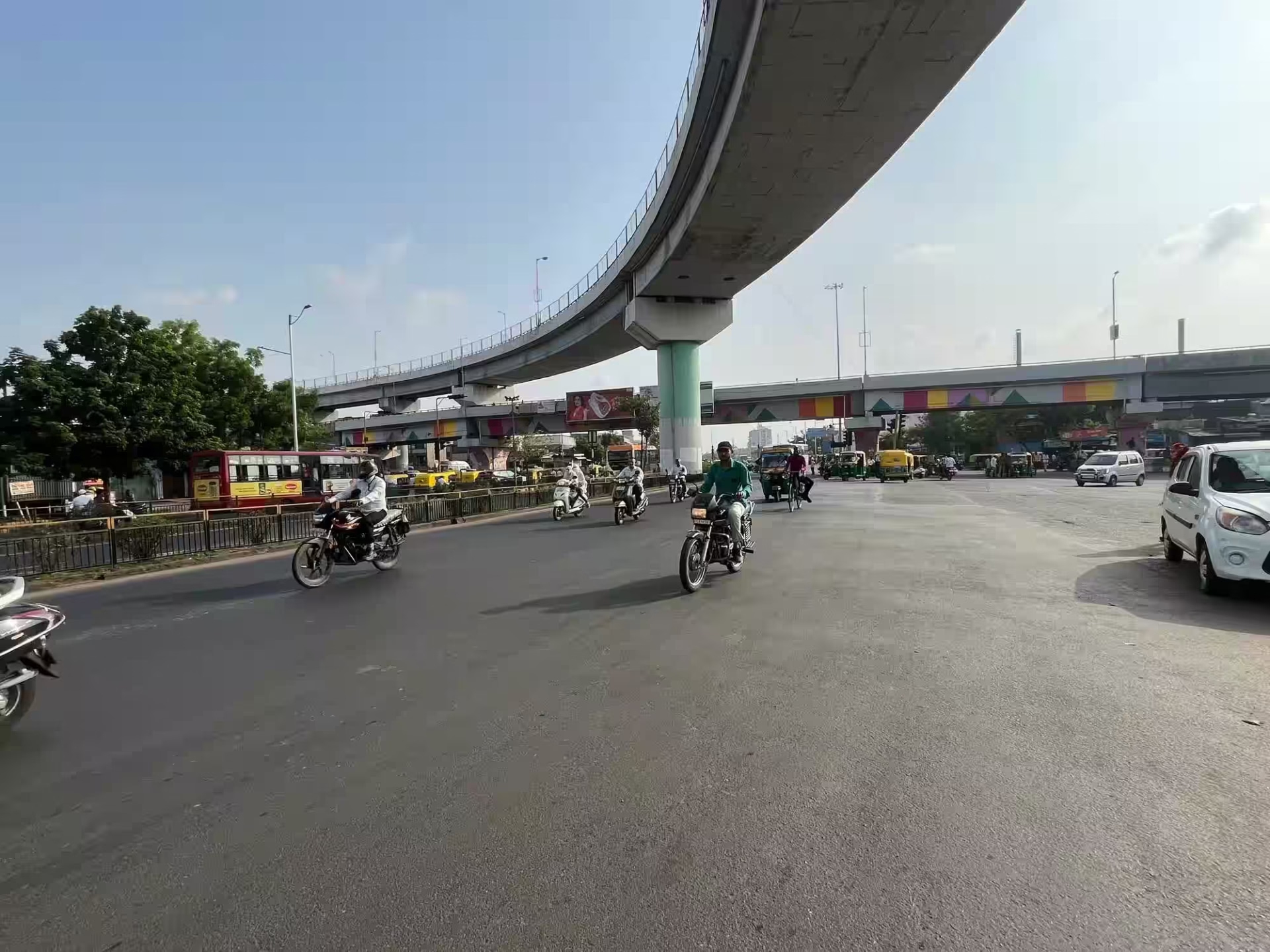Gujarat HC Clears Path for Panjrapole Flyover Construction
In a significant development, the Gujarat High Court recently dismissed a Public Interest Litigation (PIL) filed by a group of concerned citizens from Ahmedabad, challenging the construction of the Panjrapole flyover. The petitioners had raised concerns about the potential negative impacts of the flyover, arguing that it could exacerbate existing traffic congestion at the Panjrapole junction and lead to a reduction in the area’s green cover, particularly along IIM Road. However, the court’s ruling underscored the limited scope of judicial intervention in matters of urban planning and infrastructure projects.
The bench, comprising Chief Justice Sunita Agarwal and Justice Pranav Trivedi, delivered a clear message regarding the role of the judiciary in such matters. The court stated that while it recognised the concerns raised by the petitioners, it was not equipped to assess the technical aspects or the broader public interest implications of the proposed flyover. The judges emphasised the need to establish a boundary between the judiciary’s role and the administrative process, explaining that courts are not well-positioned to evaluate the feasibility or viability of specific infrastructural projects. This decision reinforces the principle that judicial review in these matters is typically limited, and such decisions should rest with the appropriate governmental and planning authorities.
The Panjrapole flyover project, approved by the Ahmedabad Municipal Corporation (AMC), is part of the city’s ongoing efforts to alleviate traffic congestion, which has been a persistent issue in key urban locations. The Panjrapole junction, located in one of Ahmedabad’s busiest areas, has been identified as a critical point where traffic bottlenecks regularly occur, particularly during peak hours. Proponents of the flyover argue that it will ease traffic flow, reduce delays, and improve overall connectivity in the city. This, they claim, will have long-term benefits for both commuters and the city’s infrastructure as a whole.
However, critics have raised valid concerns about the environmental impact of the project, particularly its potential to harm the region’s green spaces. The proposed alignment of the flyover would require significant alterations to the existing landscape, which could involve the removal of trees and other vegetation. Environmentalists and residents living near the IIM Road section of the project fear that this could contribute to the depletion of Ahmedabad’s already limited green cover. The debate over urban development versus sustainability is a critical issue in cities across India, where rapid urbanisation often clashes with environmental concerns. Balancing development needs with the preservation of green spaces is a challenge that urban planners must address in an increasingly crowded and industrialised world.
From a civic perspective, the court’s dismissal of the PIL highlights the complex dynamics between urban development, public interest, and legal oversight. While judicial intervention in such matters is limited, the case draws attention to the broader issue of sustainable urban growth in rapidly expanding cities like Ahmedabad. Urban infrastructure projects such as the Panjrapole flyover are necessary to cater to the growing population and increasing vehicle numbers, but they also need to be designed with environmental and social considerations in mind. Proper planning that incorporates green spaces, pedestrian access, and eco-friendly technologies should be prioritised to ensure a balanced approach to development. The ongoing discourse surrounding the Panjrapole flyover serves as a reminder that the path to sustainable urbanisation is fraught with difficult decisions that require careful consideration of both short-term needs and long-term impacts.




